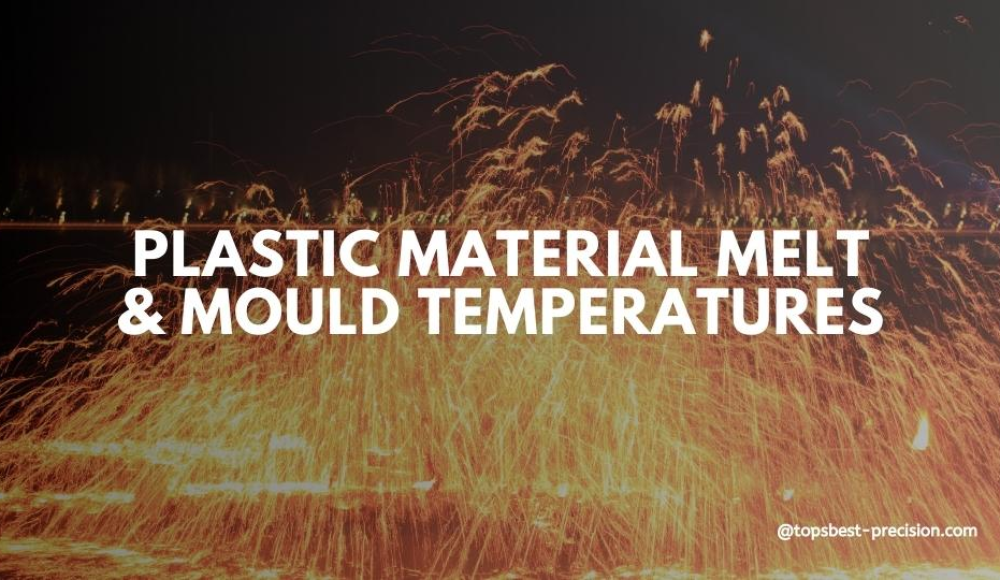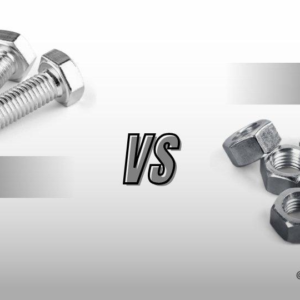Manufacturers and molders need to understand the melt and mold temperatures of plastics. Temperature fluctuations during injection molding play a major role in the look and structural integrity of the final product. Let’s talk about plastic materials melting, and molding temperature from a broader aspect.
Plastic Melting Temperature: An Overview
The melting point of plastic defines the change of phase. It determines the time when the solid-state plastic turns into a molten state. At this point, stress among the polymer chains reduces the intermolecular forces. It becomes fluids within the chains, improving flow during injection molding. The melting point should not be defined as a single figure as it is a point range. This range shows the working temperature to heat molding machines when necessary.
What Is Plastic Mold Temperature?
The mold temperature describes the cavity surface temperatures. The correct design facilitates thermal uniformity across the material thickness. Varying temperatures cause variable shrinkage contraction and tension problems. This leads to negative consequences such as distortions or parts warping being molded. The mold temperature plays a vital role in the molding cycle and end-use part quality. In the mold temperature setting, it must be kept to the lowest level right from the start.
Plastic Material Temperature & Mold Temperatures Chart
| Plastic materials | Melt Temperature Range(℃) | Mold Temperature Range(℃) | Melt Temperature
Range (℉) |
Mold Temperature Range Range (℉) |
| TOP | 260-320 | 40-70 | 500-608 | 104-158 |
| PVC-U | 160-210 | 20-60 | 320-410 | 68-140 |
| PET (Amorphous) | 260-280 | 20-30 | 500-536 | 68-86 |
| Nylon 6 (30% GF) | 250-290 | 50-90 | 482-554 | 122-194 |
| Nylon 12 | 190-200 | 40-110 | 374-392 | 104-230 |
| Polypropylene (30% GF) | 250-290 | 40-80 | 482-554 | 104-176 |
| Polyester PBT | 240-275 | 60-90 | 464-527 | 140-194 |
| Acrylic | 220-250 | 50-80 | 428-482 | 122-176 |
| HDPE | 210-270 | 20-60 | 410-518 | 68-140 |
| ABS | 190-270 | 40-80 | 374-518 | 104-176 |
| Nylon 6 | 230-290 | 40-90 | 446-554 | 104-194 |
| SAN | 200-260 | 50-85 | 392-500 | 122-185 |
| Polycarbonate | 280-320 | 85-120 | 536-608 | 185-248 |
| PET (Semi-crystalline) | 260-280 | 20-30 | 500-536 | 68-86 |
| Acetal | 180-210 | 50-120 | 356-410 | 122-248 |
| Nylon 6/6 (33% GF) | 280-300 | 40-90 | 536-572 | 104-194 |
| PVC P | 170-190 | 20-40 | 338-374 | 68-104 |
| Polypropylene (Homopolymer) | 200-280 | 30-80 | 392-536 | 86-176 |
| CAB | 170-240 | 40-50 | 338-464 | 104-122 |
| Nylon 6/6 | 270-300 | 40-90 | 518-572 | 104-194 |
| Polystyrene | 170-280 | 30-60 | 338-536 | 86-140 |
| Polystyrene (30% GF) | 250-290 | 40-80 | 482-554 | 104-176 |
| Nylon 11 | 220-250 | 40-110 | 428-482 | 104-230 |
| Polypropylene (Copolymer) | 200-280 | 30-80 | 392-536 | 86-176 |
| Nylon 6 (30% GF) | 250-290 | 50-90 | 482-554 | 122-194 |
| PEEK | 350-390 | 120-160 | 662-734 | 248-320 |
| Polypropylene (30% TALC Filled) | 240-290 | 30-50 | 464-554 | 86-122 |
Key Considerations for Melt and Mold Temperatures in Plastics
While considering plastic melt, and mold temperatures, several factors should be taken into account. For example:
Thermal Expansion
Plastic materials change their volume when heated. Because they have of high thermal expansion coefficient. Atmospheric pressure significantly affects the expansion process. Lower pressures can enhance the rate of expansion. Consequently, plastic melt and mold temperatures may require slight adjustments under these conditions.
Effect of Impurities on Melting Points
There is evidence that the plastic melting points are reduced by impurities. These can be present in these materials. This melting point depression looks like a process of mixing salt with ice. Impurities/interferences can disrupt the orderly arrangement of polymer chains in a material. This disruption can lead to improved flow properties, allowing the polymer to process more easily at lower melting temperatures.
Molecular Structure Influence
The crystalline polymers have a defined structure and specific melting points. This property ensures that adjustments of temperature during processing are well achieved. Knowledge of this aspect helps in obtaining the best outcome in manufacturing activities.
Properties of Amorphous Polymers
Amorphous polymers have no crystalline structure. Their polymeric chains are atactic. It leads to lower controllability of the melting temperature. Their melting process occupies a greater range as compared to the freezing process. Thus, wider temperature categorization is required for these amorphous materials.
Melting Points and Processing Temperatures of Engineered Grade Plastics
There are many types of plastics for diverse uses in several industries, and each has its characteristics.
Polyethylene
Polyethylene films are common for several industrial applications. They include automotive, construction, and food packaging. High-density polyethylene (HDPE) is widely used in containers and pipelines. The standard melting point of HDPE is 120-180°C and the mold temperatures are usually between 180-220°C. Low-density polyethylene (LDPE) has better flexibility characteristics in packaging films. LDPE has a melting point of between 105 and 115°C and mold temperatures of 150 to 180°C. Each version is protected against weather influence and suitable for use in outdoor conditions.
Polypropylene
Polypropylene is characterized by its high melting point and chemical inactivity. The material generally has a melt temperature range of 160-170°C, and mold temperatures of 180-200°C. Electrical parts such as battery covers and automobile bumpers can be made from polypropylene. Moreover, PP has a long life cycle that makes it feasible for use in furniture and appliances.
Polystyrene
Polystyrene has relatively low heat resistance. The typical melting point of PS is 100-120°C and the mold temperatures are 150-180°C. This plastic is commonly used in food packaging, foam cups, and containers. Economical and thermally efficient characteristics further boost its suitability for diverse uses.
Polyamide
Polyamide is known as nylon, a strong engineering material. It has a melting temperature of 220-260°C and a mold temperature of 250-260°C. Some common uses are gears as well as bearings due to resilience, and strength. Additional features include self-lubricating properties which make it appropriate for use in conveyor systems.
Polyvinyl Chloride (PVC)
Polyvinyl Chloride is a thermoplastic, used in applications where resistance against fire is needed. It generally has a melting point of 160 – 210°C while the mold temperature for the polymer is 180 –190°C. PVC is widely used in construction, especially in pipes and fittings. The chemical resistance of the material is useful in water treatment processes.
Concluding Thoughts
In summary, manufacturers need to know the melting, and mold temperatures of plastics. Because it has a great impact on the performance and product usability. Temperature fluctuations are critical to product quality, as well as in managing how the products are being manufactured. Today, the demand for manufacturing applications requires lightweight and durable material solutions to meet modern world needs.



